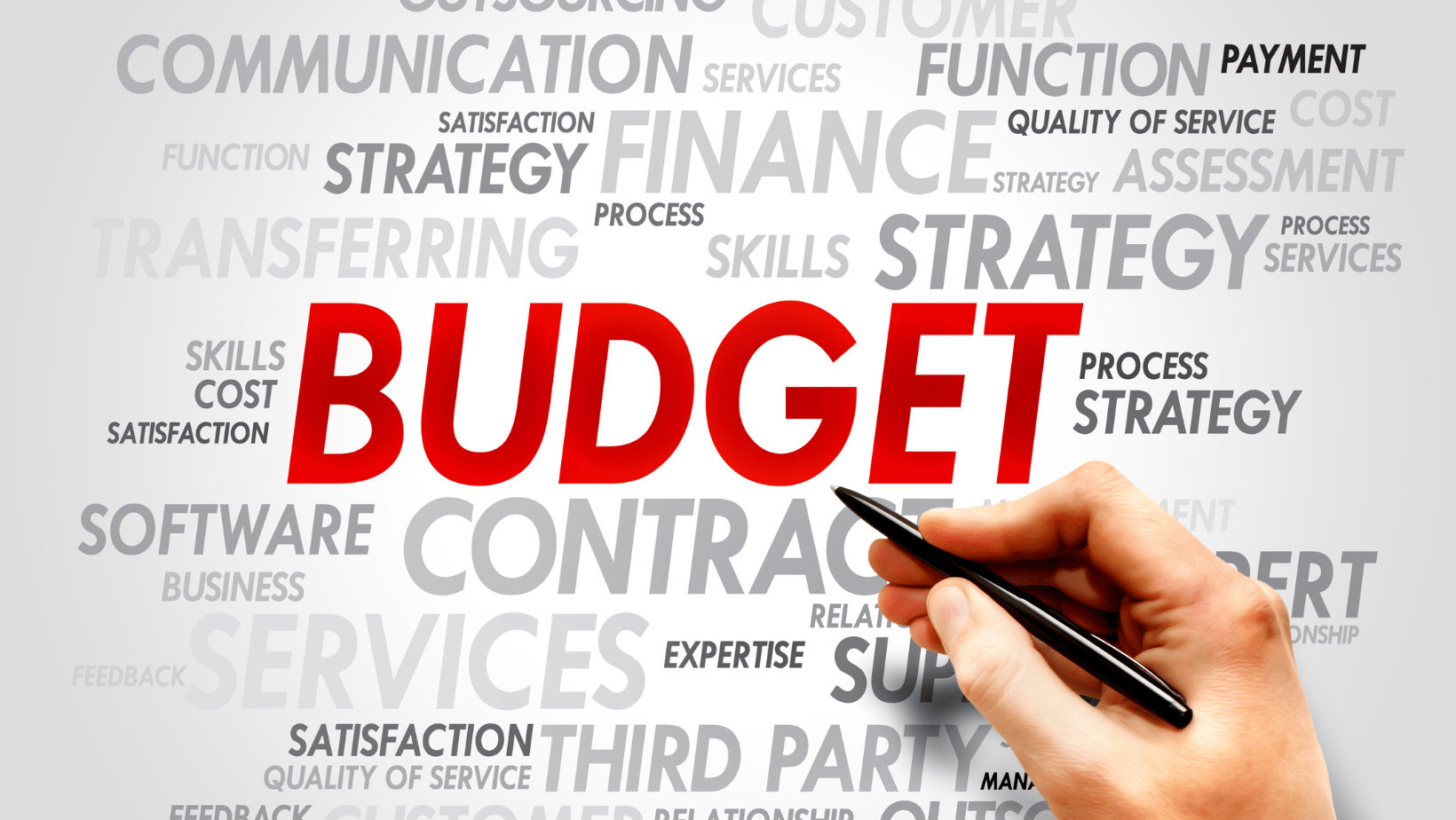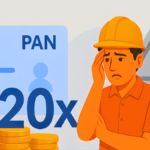
As Finance Minister Nirmala Sitharaman prepares to present the Union Budget 2025, the common man eagerly awaits measures that address their pressing concerns. From rising inflation to job creation, the budget needs to focus on alleviating the financial burdens faced by ordinary citizens. This comprehensive guide delves into the top five concerns that Budget 2025 must address to improve the lives of the common man.
“Comparing the latest statistics with previous years highlights the ongoing challenges and improvements in India’s economic landscape. Inflation remains a concern, though it has slightly eased recently. Wage growth has been steady but not sufficient to keep pace with inflation. Economic growth has slowed compared to the post-pandemic surge, and unemployment rates have risen. Income tax relief measures have seen some improvements, but more could be done to alleviate the tax burden on individuals”
1. Tackling Inflation
Rising Prices of Essential Commodities
As of January 2025, India’s retail inflation rate stands at 6.21%, a 14-month high. The prices of essential commodities such as vegetables, cooking oil, and milk have surged due to extreme weather conditions and increased duties on imports. For example, the price of cooking oil has risen significantly, impacting household budgets.
Impact on Household Budgets
Households with limited income are particularly affected, as wages have not kept pace with rising inflation. The increased cost of packaged food items, which often use palm oil as a manufacturing input, has further strained finances.
Current Inflation Rates
As of December 2024, India’s retail inflation rate stands at 5.22%, down from 6.21% in October 2024. The Consumer Food Price Index (CFPI) inflation rate is 10.87% as of October 2024.
Previous Years
- 2023: The inflation rate was around 5.49% in October 2023.
- 2022: The inflation rate was lower, averaging around 4.87%.
Potential Solutions
To address inflation, the government could consider reducing import duties on edible oils, which would lower the MRP of these oils and the input cost for FMCG companies. Additionally, measures to stabilize vegetable prices and support dairy farmers could help alleviate the financial burden on households.
2. Slow Rise in Wages
Wage Growth Disparities
Salaries in India are projected to rise by 9.5% in 2025, slightly higher than the 9.3% increase recorded in 2024. However, non-salaried workers, who make up more than half the workforce in urban areas, have seen minimal wage growth compared to their salaried counterparts.
Impact on Consumption
The sluggish wage growth has led to a decline in consumption, as households have been forced to reduce or postpone spending. This, in turn, has hurt corporate earnings and slowed economic growth.
Current Wage Growth
In 2024, the salary increase across India was 9.5%, slightly higher than the 9.3% increase recorded in 2023.
Previous Years
- 2023: Salary growth was 9.3%, driven by sectors like pharmaceuticals, manufacturing, and financial services.
- 2022: The salary increase was around 10%, the highest during the recorded period.
Potential Solutions
To address wage growth disparities, the government could introduce policies that incentivize companies to increase wages for non-salaried workers. Additionally, measures to support job creation and skill development could help boost income levels and stimulate consumption.
3. Economic Slowdown
Slower Economic Growth
India’s economy is projected to grow at 6.6% in 2025, maintaining its position as a major driver of global growth. However, this growth rate is slower than expected due to muted government spending on infrastructure projects and a sharper-than-expected slowdown in industrial activity.
Impact on Employment
The economic slowdown has also led to a rise in unemployment, with the unemployment rate increasing to 9.2% in June 2024. This has further exacerbated the financial challenges faced by households.
Current Economic Growth
India’s GDP growth rate for 2024 is projected at 6.6%, maintaining its position as a major driver of global growth.
Previous Years
- 2023: The GDP growth rate was 8.15%, reflecting a strong post-pandemic recovery.
- 2022: The GDP growth rate was around 7.0%, driven by robust performance in the services and manufacturing sectors.
Potential Solutions
To stimulate economic growth, the government could increase capital expenditure on infrastructure projects, which would create jobs and boost economic activity. Additionally, policies to support small and medium-sized enterprises (SMEs) and promote entrepreneurship could help drive economic growth and job creation.
4. Income Tax Relief
Higher Tax Exemption Limits
Individual taxpayers are hoping for key changes in the income tax regime, including higher tax exemption limits. Currently, the basic tax exemption limit under the new tax regime is ₹3 lakh, and there are expectations that this limit may be increased to ₹5 lakh.
Increased Rebates and Deductions
Taxpayers are also looking for increased rebates and enhanced standard deductions to help manage their finances better. For example, the full rebate of tax is currently available up to an income limit of ₹7 lakh under the new tax regime, and there are hopes that this limit will be raised to ₹10 lakh.
Current Tax Rates
For FY 2024-25, the new tax regime includes revised slabs with a higher exemption limit of ₹3 lakh and increased standard deductions.
Previous Years
- 2023: The basic exemption limit was ₹2.5 lakh under the old regime, with no significant changes in the new regime.
- 2022: Similar tax slabs as 2023, with minor adjustments in deductions and exemptions.
Potential Solutions
To provide relief to taxpayers, the government could consider increasing the tax exemption limits and standard deductions. Additionally, reintroducing deductions for interest on self-occupied housing loans and extending tax benefits for electric vehicles could help reduce the tax burden on individuals.
5. Job Creation
Rising Unemployment
The unemployment rate in India has been on the rise, with the Centre for Monitoring the Indian Economy (CMIE) reporting an increase to 9.2% in June 2024. The lack of job opportunities has been a significant concern for the common man, particularly for young graduates and skilled workers.
Impact on Economic Stability
High unemployment rates can lead to economic instability and social unrest. It is crucial for the government to address this issue to ensure sustainable economic growth and improve the quality of life for citizens.
Current Unemployment Rates
As of December 2024, the unemployment rate in India is 8.3%, up from 8.0% in November 2024.
Previous Years
- 2023: The unemployment rate was around 7.8% in September 2023.
- 2022: The unemployment rate was lower, averaging around 6.4% in September 2022.
Potential Solutions
To create more jobs, the government could focus on sectors with high growth potential, such as technology, renewable energy, and manufacturing. Additionally, policies to support startups and SMEs, along with investments in skill development and vocational training, could help generate employment opportunities.
As Finance Minister Nirmala Sitharaman prepares to present the Union Budget 2025, it is essential to address the concerns of the common man. Tackling inflation, addressing wage growth disparities, stimulating economic growth, providing income tax relief, and creating jobs are critical areas that need attention. By implementing targeted policies and measures, the government can alleviate the financial burdens faced by ordinary citizens and pave the way for a more prosperous and equitable future.
-
Bank of Maharashtra Zen Lyfe Is Beyond Just a Banking App: Cut Expenses 30% Faster Than Private Bank Apps
Zen Lyfe isn’t just another app—it’s crushing SBI YONO & ICICI iMobile with hidden zero-fee loans, AI budgets
-
Loan Settlement Kills Home Loan Dreams—7-Year RBI Trap Exposed!
Settling one loan could lock you out of homeownership for 7 years—despite RBI’s 2025 90% financing push! Hidden
-
Indian Stock Market Trends: Sensex Hits 85K Milestone Amid RBI Cuts – What’s Next for Dalal Street on Dec 15, 2025?
Sensex rockets to 85K, GDP explodes 8.2%—but FPIs flee Rs 18K cr! Is RBI’s rate slash to 5.25%
































